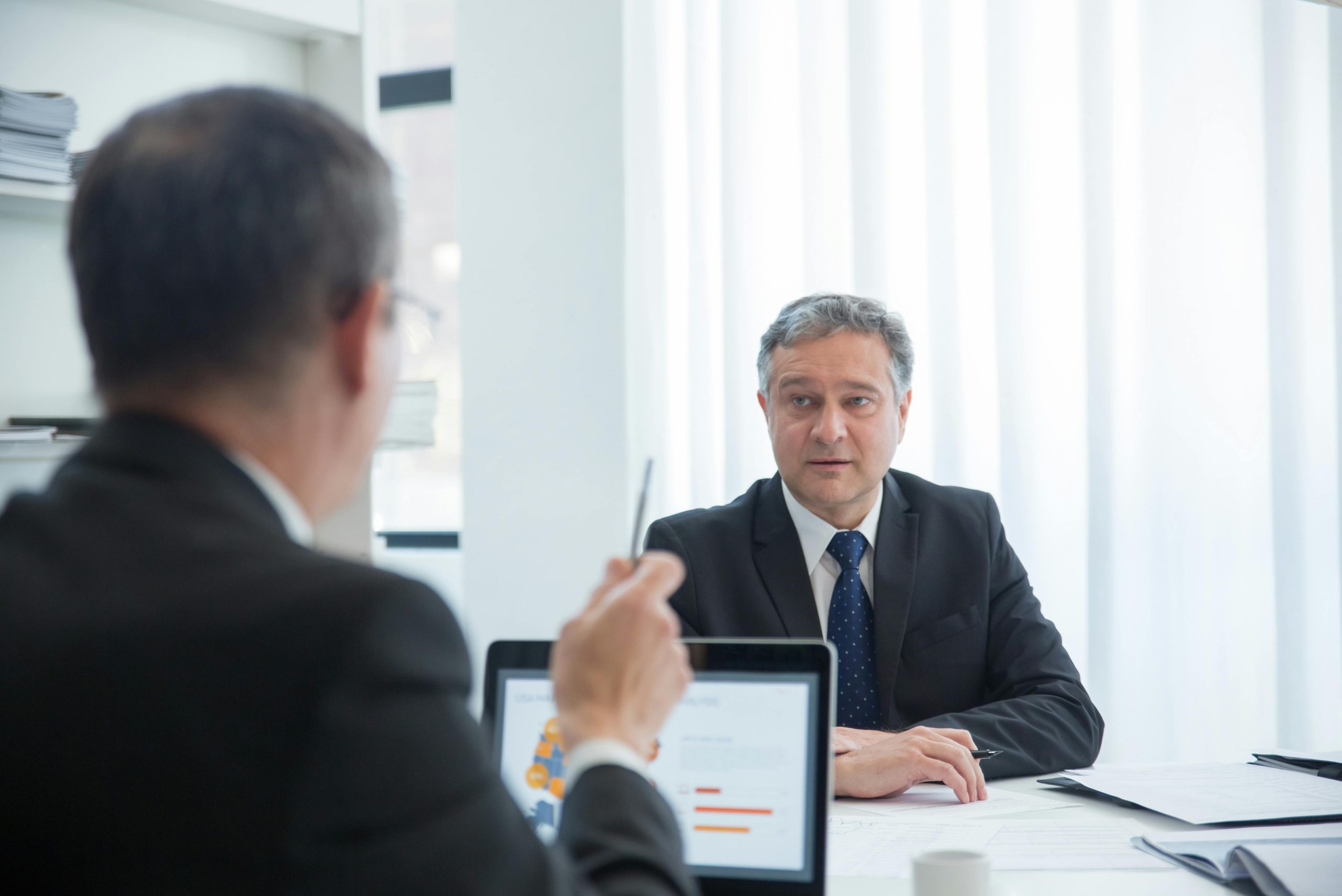
Get complete visibility into the current state of your application landscape with actionable recommendations to help you fix the most pressing quality issues.
















“Making sure that you create maintainable software, but also taking the security and vulnerability part into account by scanning your code, is key. For us, but also our customers. It allows us to showcase that we’re in control.”
Cor van Herk, Director of IT at Keylane
“The SIG team provided us with useful insight regarding our core systems within only 4 days.”
Claus Sprave, Head of IT at LichtBlick SE


“With the help of SIG we brought the software quality to the next level which helps us to deliver our installations faster.”
R&D Project Manager at MHS Houten










Notifications